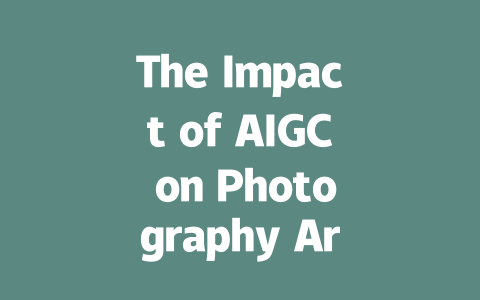
In recent years, Artificial Intelligence Generated Content (AIGC) has begun to transform various fields, including education. In photography art education, the application of AIGC tools is reshaping the way students learn, create, and critique. This article explores the multifaceted impact of AIGC on photography education and how it is paving the way for innovative teaching and learning experiences.
Understanding AIGC in Photography
AIGC refers to the use of artificial intelligence technologies to produce creative content, including images and visual art. In photography education, AIGC can help in generating images, providing instant feedback, and enabling students to experiment with various techniques. This technology empowers both instructors and students, making the learning process more interactive and engaging.
Enhancing Creative Capabilities
One of the most significant impacts of AIGC in photography education is its ability to enhance students’ creative capabilities. With tools that can generate images based on textual prompts or modify existing photographs, students can explore new artistic styles and concepts without the constraints of traditional methods. This augmentation encourages them to think outside the box, fostering innovation and creativity.
Revolutionizing Feedback Mechanisms
Feedback is a crucial component of any educational journey, especially in artistic fields like photography. AIGC can facilitate instant and tailored feedback on students’ work. By analyzing images for technical aspects such as composition, lighting, and color balance, AIGC tools can provide specific suggestions for improvement. This immediate guidance allows students to refine their skills more rapidly and effectively.
Personalized Learning Experiences
AIGC technologies can also create personalized learning experiences tailored to individual student needs. By leveraging data analytics and machine learning algorithms, educators can assess each student’s progress and adapt the curriculum accordingly. This ensures that students receive support that meets their unique strengths and weaknesses, leading to a more successful learning outcome in photography art education.
Bridging the Gap Between Theory and Practice
Photography education often grapples with the challenge of bridging the gap between theoretical knowledge and practical application. AIGC tools can simulate real-world scenarios, allowing students to experiment with different techniques in a controlled environment. For example, they can manipulate lighting conditions or change settings remotely, enriching their understanding of photography concepts while building practical skills.
Ethical Considerations and Challenges
While AIGC presents numerous benefits, it also raises ethical considerations. One major concern is the potential for plagiarism and the devaluation of original art. As AIGC tools become more prevalent, educators must instill a sense of ethics in students regarding the use of generative technologies. Discussions around creativity, originality, and the responsible use of AI are essential to equip students with a well-rounded understanding of their role as artists.
Conclusion: A New Frontier for Photography Education
The integration of AIGC in photography art education marks a significant evolution in how art is taught and learned. By enhancing creativity, providing instant feedback, and personalizing education, AIGC is transforming traditional educational paradigms. As educators navigate the challenges and ethical implications associated with this technology, it holds the potential to democratize art education and inspire a new generation of photographers ready to redefine the boundaries of their craft. Embracing AIGC could very well usher in a new era of learning for aspiring photographers worldwide.

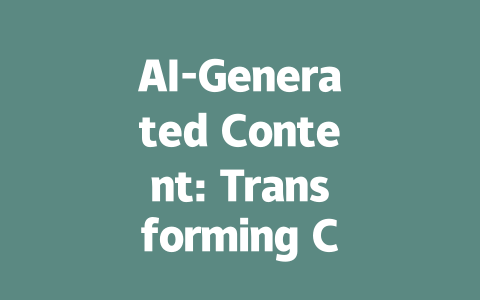
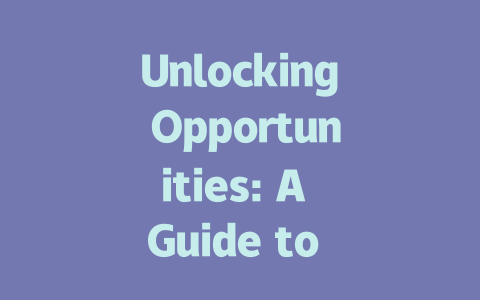
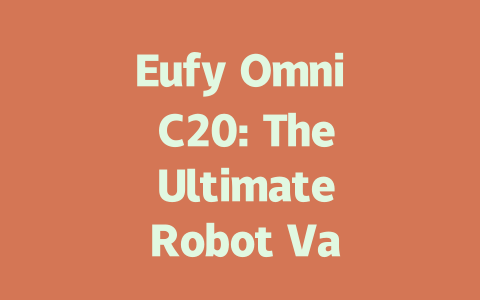



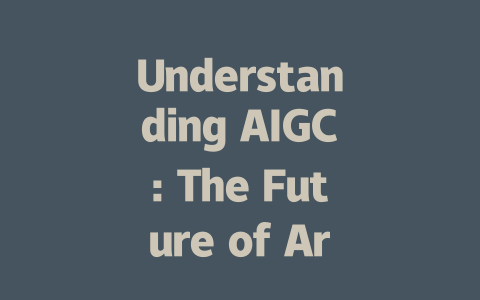
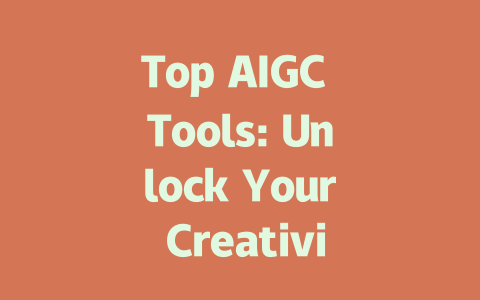
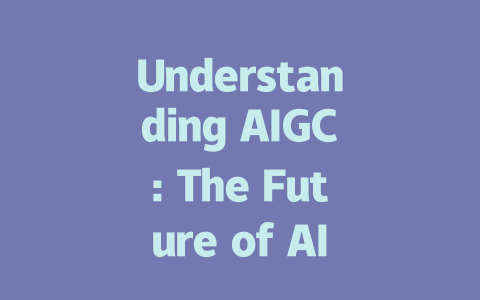
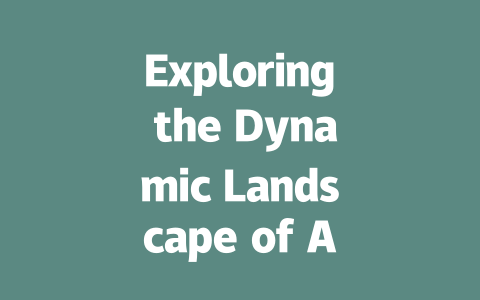

暂无评论内容